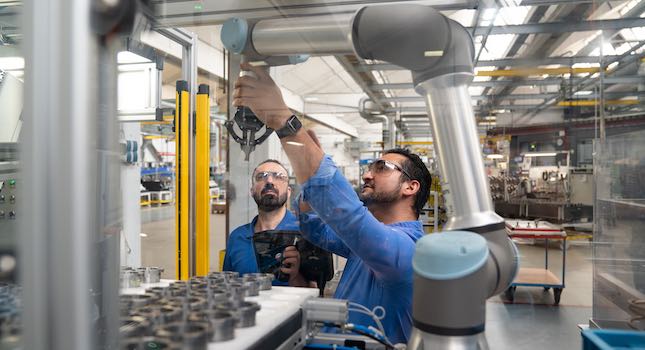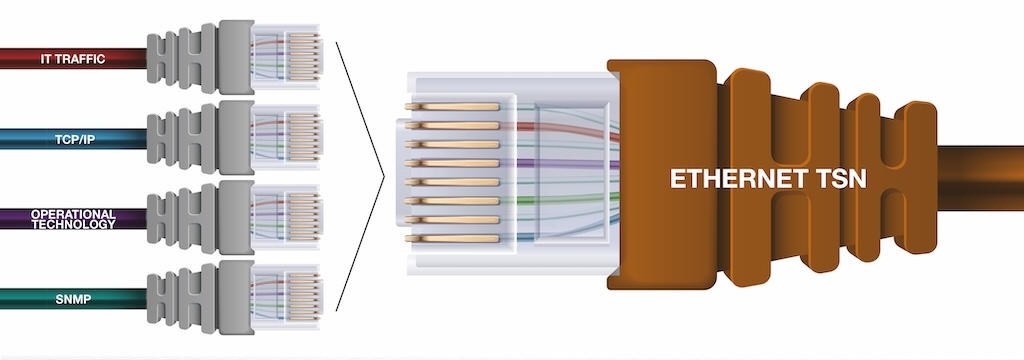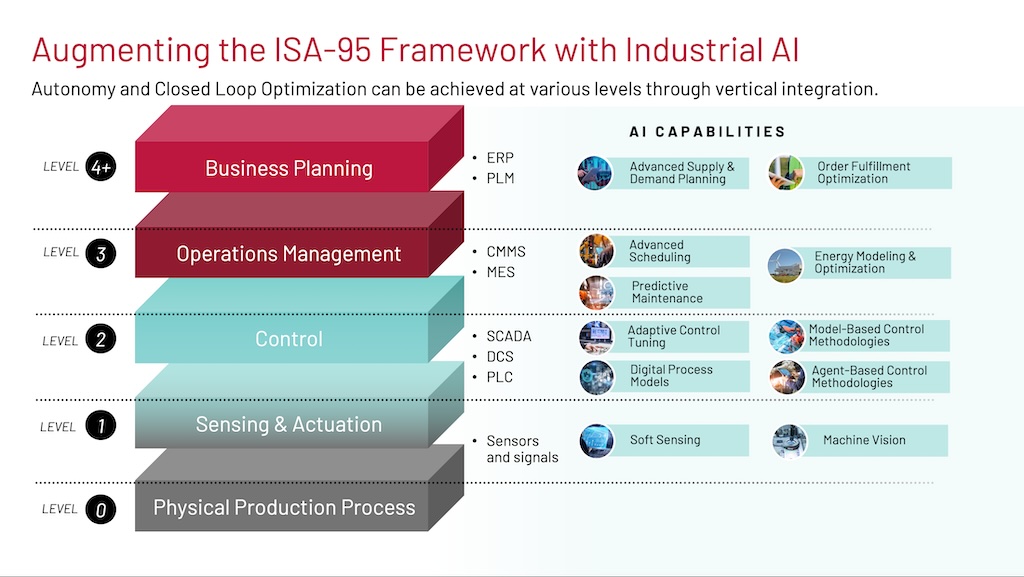I recently attended an executive roundtable at a user group's conference for controls and automation vendor Invensys. In addition to the executives from Invensys, there were executives from companies across a wide range of industries, including: The goal of the roundtable was to discuss issues that are top of mind for these executives.
I recently attended an executive roundtable at a user group’s conference for controls and automation vendor Invensys. In addition to the executives from Invensys, there were executives from companies across a wide range of industries, including:
-
An executive from a global CPG company who has responsibility for all process control systems for 40 plants;
-
The division CIO of a global aluminum manufacturer;
-
The head of process architecture for a multi-billion dollar healthcare giant; and
-
The chief architect for business applications for one of the world’s leading software companies.
-
The goal of the roundtable was to discuss issues that are top of mind for these executives. Although their issues varied to a certain degree, they all revolved around an overarching theme tied to process and operations shifting from local to global, from site to system. Their thoughts can be captured in four broad buckets:
-
Heightened need for business variables to shift from highly transactional to real-time . This trend has been underway for some time now, as executives with large monolithic ERP implementations realize that quarterly, monthly, or even daily reports aren’t sufficient when driving operational excellence. Both management and operations personnel need real-time, or near real-time, data that can be converted into actionable intelligence in order to optimize performance.
-
Shift from process management to profit management . Achieving the highest level of productivity or OEE has been and generally still is the goal of most manufacturing plants. However, savvy manufacturing executives have realized that developing the capability to have margin-driven manufacturing is often the best path toward profitability. Enabling business and operations teams to make near real-time, margin-based production decisions is a challenge that must be met.
-
Movement away from managing operations in individual silos . Manufacturing companies and their vendors have done an excellent job over the past 20 years at automating manufacturing processes. The problem is that this automation has been deployed in pockets. Firms have created islands of automation. These islands equate to complexity and additional cost as companies attempt to integrate and rationalize disparate processes. The reality is that there is no “SAP for MES” (yet). Both manufacturers and their vendors are working hard to see if they can turn the vision of a packaged manufacturing operations application into a reality.
-
The need to drive greater value from plant operations in a safe and environmentally sound manner . Industrial manufacturers consume a third of all energy in the U.S., and with energy costs fluctuating and cap and trade policies on the horizon, companies are working furiously to reduce energy consumption and carbon emissions. While software and automation/intelligence strategy today focuses primarily on collecting, contextualizing, and reporting on disparate points of energy consumption in a plant, the likely future evolution will involve more product and process improvement systems as the cornerstone of sustainable business systems.
-
Are your control and automation vendors addressing these issues?
Author Information Bill Polk is a director with Boston-based AMR Research. He has more than 15 years of management experience in the manufacturing, supply chain software, and IT operations industries. He can be reached at [email protected] .
-



